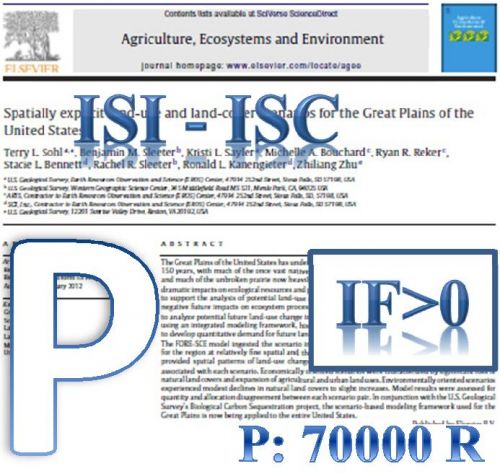Industrial subsidy is an important tool which encourages national production and plays a crucial role in the realization of a resilient economy. Due to limited financial resources, it is important to determine how these subsidies can be distributed efficiently. Accordingly, the purpose of this study is to provide a model for allocating industrial subsidy among 22 manufacturing industries at the level of 2-digit ISIC codes using the Zero Sum Gain -Data Envelopment Analysis (ZSG-DEA) model based on merging of the concepts of game theory with the DEA. The model also utilizes four effective criteria in allocating public resources, namely industrial added value, the number of industrial employees, the amount of direct export, and the amount of industrial taxes and duties. The results of the study show that the food and beverage industry should receive the highest proportion of optimum subsidy, whereas industries related to manufacturing office machines, accounting and computing machinery, radio, television, communication devices, wearing apparel, tanning and polishing, leather and leather goods, fur, and tobacco products should receive the lowest proportion of industrial subsidies.
کلید واژگان :Subsides Allocation ZSG-DEA Model Game Theory Manufacturing Industries Iran
ارزش ریالی : 1200000 ریال
با پرداخت الکترونیک
